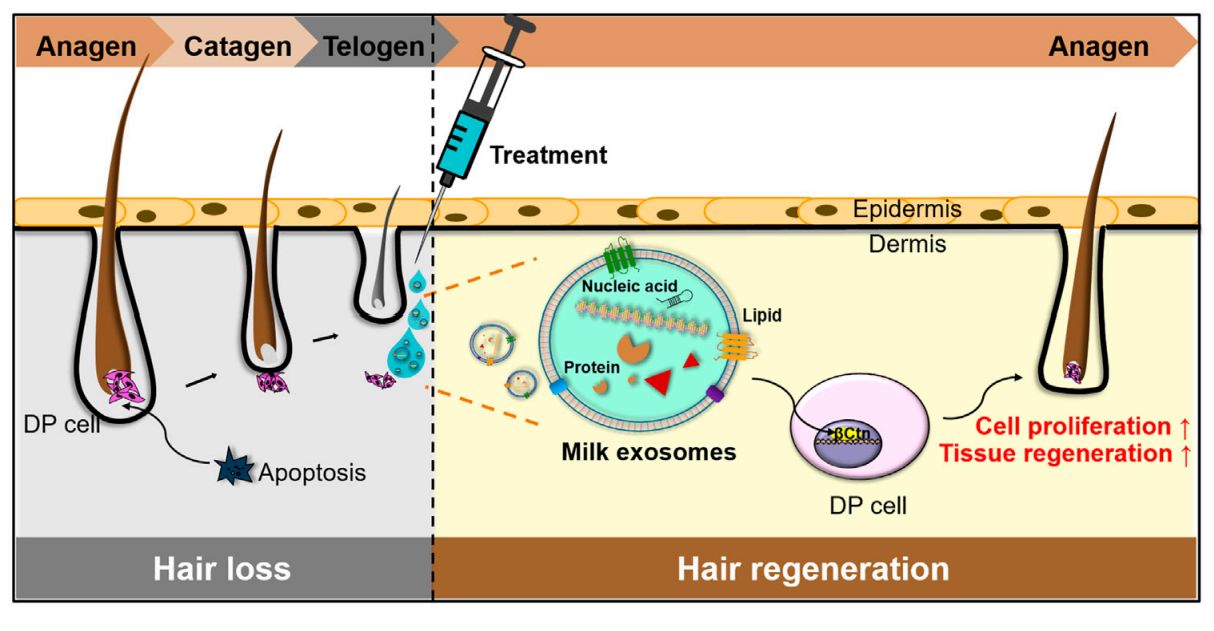
Unlocking the Power Gateway of Cells: Researchers Finally Solve a 50-Year Energy Riddle
A group of scientists at the University of Cambridge has reached a significant achievement in cellular biology, shedding light on an enduring scientific enigma that has persisted for more than fifty years. In a revolutionary study published on April 18 in Science Advances, the team disclosed the atomic architecture of the mitochondrial pyruvate carrier (MPC)—a minute, channel-like protein that plays a crucial role in how cells transform food into energy.
This finding not only bridges a vital gap in our comprehension of how life extracts and stores usable energy, but also opens up fascinating new avenues for addressing diseases, including diabetes, cancer, Parkinson’s disease, and even hair loss.
Energizing Life—One Molecule at a Time
Central to this breakthrough is pyruvate, a product resulting from sugar metabolism. When we ingest carbohydrates, enzymes within our cells convert them into pyruvate. While this molecule generates some energy independently, its conversion inside the mitochondria—the cell’s energy hub—unleashes significantly more potential.
However, there’s a caveat: pyruvate cannot penetrate the mitochondria without assistance. It requires aid to traverse the inner mitochondrial membrane, which is highly selective and impermeable to such molecules. Here comes the pivotal role of the mitochondrial pyruvate carrier.
Initially proposed in 1971, the MPC remained structurally elusive—and thus poorly understood—for years. “Transporting pyruvate into our mitochondria seems simple, but until now we did not grasp the mechanics of how this process works,” stated Maximilian Sichrovsky, a PhD student and co-first author of the study.
Nanoscale Canal Locks
Utilizing cutting-edge cryo-electron microscopy—an imaging method capable of magnifying structures up to 165,000 times—the Cambridge team ultimately succeeded in delineating the MPC’s precise shape and functionality. Their findings left them astonished.
The MPC operates like a scaled-down version of a canal lock system, akin to those utilized to move boats between varying water levels. “It functions like the locks on a canal but at the molecular level,” clarified Professor Edmund Kunji from the MRC Mitochondrial Biology Unit, a key contributor to the study.
Within this miniature gateway, gates open sequentially at different sides of a protein tunnel, meticulously regulating the influx of pyruvate into mitochondria. This mechanism enables cells to amplify their energy production by nearly 15 times compared to what is achievable outside the mitochondria.
Molecular Dynamics of Energy Regulation
One of the most pivotal insights from the study relates to the way the carrier is modulated by pH gradients across the mitochondrial membrane. These gradients—resulting from varying concentrations of hydrogen ions—are crucial for the functionality of thousands of biochemical reactions. Knowing how the MPC is regulated by pH enables scientists to envision methods for controlled opening or closing of its “gate.”
Such fine-tuning could pave the way for creating highly targeted drugs that focus on the MPC’s functioning.
From Illness to Treatment: A Fresh Drug Target
“With the atomic structure now revealed, medications can be crafted to accurately modulate the carrier’s function,” remarked Dr. Sotiria Tavoulari, the study’s lead author. This creates new potential for various conditions.
Here are just a few reasons why this diminutive protein is so significant:
– In Diabetes and Fatty Liver Disease: These metabolic conditions frequently entail compromised mitochondrial functionality. Medications that inhibit or alter the MPC could transform energy utilization in liver cells, prompting them to burn accumulated fat rather than becoming overloaded.
– In Prostate and Other Cancers: Some cancers elevate MPC levels to fulfill their substantial energy needs. Blocking the MPC in these cells may deplete tumors while sparing healthy tissues.
– In Neurodegenerative Diseases: Parkinson’s disease is linked to mitochondrial dysfunction. Discovering a means to normalize energy production via controlled manipulation of the MPC could alleviate symptoms or decelerate disease progression.
– In Hair Loss: Inhibiting the carrier in specific skin cells could heighten lactate production, which has been associated with new hair development. It’s an unconventional yet promising path stemming directly from understanding this protein’s function.
Closing the Energy Divide
This research represents decades of collaboration between Cambridge scientists and experts from the Medical College of Wisconsin, the U.S. National Institutes of Health, and the Free University of Brussels.
Professor Kunji believes this discovery signifies a pivotal moment: “This could be a significant shift for drug development,” he asserted. Most existing treatments for metabolic disorders come with side effects due to their broad influences on the body. However, medications specifically designed to affect the MPC may enable targeted precision—altering how specific cells generate energy without affecting others.
A New Era of Metabolic Medicine
The structural visualization of the MPC not only marks a success for biophysics and molecular biology but also for medical science. As researchers embark on exploring ways to leverage this newly unveiled knowledge, the potential implications are vast.